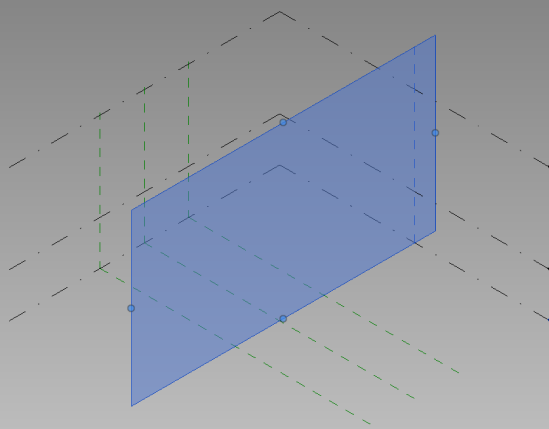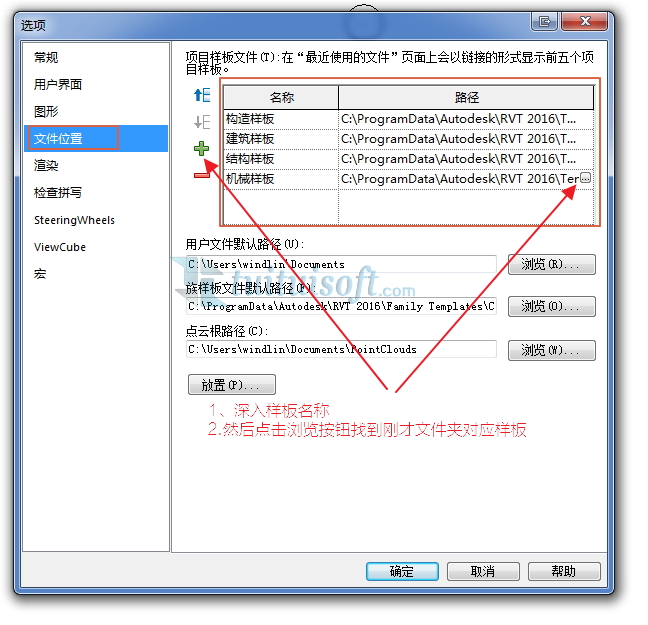
下载app免费领取会员


Revit Roofing is an essential feature of Autodesk's Revit software, which is widely used in the architectural, engineering, and construction industries for building information modeling (BIM) projects. This article provides an in-depth overview of the Revit Roofing tool and its various functionalities.
The Revit Roofing tool is designed to create accurate and detailed roof systems within a BIM model. It offers a wide range of features that enable users to design, analyze, and document roofing elements efficiently. Here are some key features of the Revit Roofing tool:
1. Roof Types: Revit offers various roof types, such as flat roofs, hip roofs, gable roofs, shed roofs, and more. Users can select the appropriate roof type based on the project requirements and design intent.
2. Roof Properties: The Revit Roofing tool allows users to define essential properties, including slope, pitch, height, eave overhang, and ridge height. These properties ensure precise roof design and accurate representation within the BIM model.
3. Roof Shapes: Revit offers a flexible and intuitive interface for creating roof shapes. Users can easily generate complex roof forms, including curved roofs, domes, conical roofs, and more. The tool provides detailed controls to adjust roof slopes, edges, and corner conditions.
4. Roof Openings: The Revit Roofing tool allows users to insert roof openings, such as skylights, chimneys, vents, and access hatches. These openings can be easily placed and accurately positioned within the roof system, ensuring proper coordination with other building elements.
5. Roof Editing: Revit offers powerful editing capabilities for modifying roof elements. Users can easily adjust roof slopes, reshape roof profiles, add or remove roof segments, and modify roof thickness. These editing features enable quick design iterations and easy fine-tuning of the roof system.
6. Roof Materials: Revit provides a comprehensive library of roofing materials, including shingles, tiles, metal panels, membranes, and more. Users can assign appropriate materials to different roof components, ensuring accurate representation and visualization of the roof system.
7. Roof Analysis: The Revit Roofing tool supports analysis capabilities, such as solar radiation analysis, thermal analysis, and wind load calculations. These features enable designers to evaluate the performance of the roof system and make informed decisions based on the building's environmental conditions.
8. Roof Documentation: Revit offers automated documentation features for roof elements. Users can generate detailed roof plans, sections, elevations, and schedules, ensuring comprehensive documentation of the roof system for construction and coordination purposes.
9. Roof Interoperability: The Revit Roofing tool seamlessly integrates with other disciplines within the BIM model, such as structural, mechanical, and electrical systems. This interoperability ensures proper coordination and reduces clashes between different building elements.
In conclusion, the Revit Roofing tool is a powerful feature within Autodesk's Revit software, enabling architects, engineers, and construction professionals to create accurate and detailed roof systems within a BIM model. With its extensive range of features, the tool facilitates efficient design, analysis, and documentation of roofing elements, ensuring coordination and collaboration among different project stakeholders.
.jpg)
本文版权归腿腿教学网及原创作者所有,未经授权,谢绝转载。

上一篇:Revit技巧 | Revit 2018建筑软件的屋顶功能
下一篇:Revit技巧 | 如何在Revit中创建所需的屋顶形状
推荐专题
- 趾板设计新方法:利用Civil3D和Revit玩转趾板参数化
- Revit教程 | Revit在平面视图如何范围显示的图文教程(文/柏慕哲)
- Revit教程 | Revit预算版之基本设置(稿/羊兆亮)
- 酒店项目BIM深化:空调机房(5.关于组合式空调箱设备的说明及精细度表达)
- 酒店项目BIM深化:空调机房(4.新建空调机房工程项目)
- 酒店项目BIM深化:空调机房(设备层空调机房系统图纸分析)
- 酒店项目BIM深化:空调机房(课程说明)
- 允匠装配式支架设计软件(Revit插件)——广大机电BIMer福利!
- 酒店项目BIM建模:暖通专业模型(模型后期处理)
- 酒店项目BIM建模:暖通专业模型(暖通水系统模型-下篇)























































